In the wild world of the web, images are like the peacocks flaunting their colorful plumes. They grab attention, make a statement, and can strut their stuff on the catwalk of search engine results. That’s where image SEO struts in, wearing its utility belt and promising to launch those visual stunners to the top of Google’s glamorous image search.

We are the maestros of metadata, the wizards of webp, and the connoisseurs of compression. In our quest for digital domination, we’ve learned that an image is worth a thousand clicks, but only if it’s got the SEO juice to power its rise to stardom.
By optimizing our images for search engines, we’re essentially giving our digital darlings a VIP backstage pass to the show. They skip the line where the unoptimized images gather in pixelated anticipation.
Juggling file names that seduce search engines, and alt texts that whisper sweet nothings to Google’s algorithms, we finesse our image files into SEO shape. Let’s not forget the often-overlooked captions, ensnaring our audience with their witty lure and reeling them deeper into our site. It’s a careful blend of art and science, and trust us, we’re here to spill the tea on how to make those images work as hard as they possibly can.
Table of Contents
Why Image SEO Packs a Punch
Let’s face it, we can’t resist a well-placed, snazzy image. It’s like a visual high-five for our eyeballs! But beyond jazzing up our websites, there’s a heavyweight champion in the digital marketing ring: Image SEO.
– Visibility: When we optimize images correctly, we’re basically playing hide and seek with Google Images—except we want to be found. Fast. Properly tagged images with descriptive, keyword-rich filenames jump out in the search results like a pop-up book at a library, boosting our overall visibility.
– Traffic: With great power comes great responsibility, and with great visibility comes…well, more traffic. Optimized images are like magnets. They pull in users from Google Images and other sources like moths to a flame—or should we say, like us to a meme.
– Search Results and Google Images: Our images are rockstars, and when they strut their SEO stuff, they walk the search result runway like seasoned models. Social media might be the party, but Google Images is where they become influencers.
– Social Media: Speaking of parties, our images like to socialize. With image SEO, they get more shares, likes, and retweets than funny cat videos. Social media platforms love a good pic, and if ours are optimized, they’re more likely to be the life of the online party.
– User Experience: Last but not least, optimized images keep things smooth, like a chocolate fondue. They load faster, look sharper, and make our user experience as slick as a greased penguin on an ice slide.
The Art of File Names and Formats
Let’s be honest, we’ve all been there—uploading images with names like “IMG_1234.jpg” and wondering why our SEO isn’t soaring. Well, sharpen your virtual pencils because we’re about to become masters in the subtle art of naming files and choosing formats.
Crafting the Perfect File Name
We can’t just slap any old name on an image and call it a day. The file name should be like a tiny billboard for our image content—short, descriptive, and with a dash of keyword spice.
Imagine we have a photo of a majestic cat. We wouldn’t dare name it “fluffy.jpg”. Oh no, we would go for “majestic-siamese-cat-sunbathing.jpg” because we’re civilized SEO artists. And remember, hyphens are our friends—they give each word its personal space.
For a nugget of wisdom gleaned from the realms of the interwebs, check out this guide on optimizing image filenames, but don’t say I sent you.
Choosing the Right Image Format
Now, choosing the right image format is a bit like a choosing a candy from a vast bowl—you need to pick the right one for the occasion.
JPEG, that charming old classic, offers high compatibility but often sacrifices detail for smaller file size. PNG, on the flip side, is the one delivering stunning clarity with lossless compression—a true hero for intricate graphics.
In the end, it’s about balance. Smashing file size while maintaining image integrity is our creed—too heavy, and your page speed crawls; too light, and the image looks like it’s been through a digital blender.
When JPEG Met PNG: A File Format Saga
Sometimes we feel like we’re in a romantic comedy where JPEG is the dependable partner we’ve known since high school, but then PNG walks into the room, and suddenly it’s love at first sight.
Yet, let’s not forget about WebP, the charming newcomer with compression superpowers and SVG, the vectorial wizard that scales like a dream.
Our tiebreaker? Use JPEG for photographs, PNG for images needing transparency, WebP for the best of both worlds when browser support smiles upon us, and SVG for logos and icons.
Sure, it sounds like a matchmaking session, but trust us, choosing the right image format is key to a harmonious and fast-loading website.
Alt Text: Your Image’s Elevator Pitch

Before we take the lift to the penthouse suite of Image SEO, remember that alt text is like your image’s snazzy one-liner to impress search engines and users alike in the brief window of an elevator ride.
Writing Descriptive Alt Text
We all know that search engines have the vision of a digital mole—they can’t actually ‘see’ our images! So we clever humans use alt text, a.k.a. alternative text or alt tags, to whisper sweet nothings about the image into their digital ears.
But here’s the scoop: alt text isn’t just a box to stuff with keywords like it’s the last turkey at Thanksgiving. No, it’s our chance to be poets—brief, to-the-point, descriptive poets, who describe what’s in the image and, if we’re feeling extra, throw in a sprinkle of context for flavor.
Here’s the recipe, straight from our secret cookbook:
- Be Descriptive: Pretend you’re describing the image to someone over the phone.
- Include Keywords: But only if they’re relevant. Shoving ’em in where they don’t belong? No bueno.
- Keep it Short: Like an elevator pitch, you’ve got about 125 characters before everyone zones out.
<img src="cat-in-a-party-hat.jpg" alt="A gleeful cat wearing a sparkly party hat">
Alt Text and Accessibility Win-Win
Now onto the heartwarming part: accessibility.
Imagine alt text is the buddy system for the visually impaired—when screen readers come into play, it’s our alt text that guides their users through the visual world of the web.
By crafting descriptive alt text, we’re not just winning at SEO, we’re also decking the halls of the interwebs with accessibility!
Let’s keep it real; we’ve got to make sure those screen readers have something worthwhile to say. So, we don’t just describe; we captivate:
- Informative: Tell a screen reader exactly what’s important, like “Logo of Our Quirky Brand” not just “Logo.”
- Functional: If your image is also a button, don’t forget to mention its action, chaps!
<button>
<img src="submit-button.jpg" alt="Submit your application">
</button>
Compressing Images Without Crushing Souls

Alright, let’s face it, nobody wants to wait an eternity for images to load. But at the same time, we all crave those crisp, detailed pictures that almost pop off the screen. We’re going to strike a killer balance between file size and visual fiesta, and throw in a splash of TinyPNG magic for good measure.
The Balancing Act: Compression vs. Quality
We’ve been there—staring down the barrel of a hefty image file, knowing full well that its gargantuan size would choke up browsers like a bad internet hairball.
Image compression is our knight in shining bytes, slashing file sizes to less bloaty proportions. But beware, fellow web wanderers, this is no place for the heavy-handed.
Lossy compression is the trickster that promises smaller sizes but at the cost of blurring those sharp edges we adore. We aim for just enough compression to keep both speed freaks and pixel peepers in our fan club.
Tools of the Trade: Compression Software Exposed
What’s in our digital toolbox, you ask? Let us expose the inner workings of our favorite compression software.
Imagine an arena where hefty images vie for the title of Leanest Graphic Champion, and the tools we wield serve as referees.
There’s a gamut of software out there, each with their quirks and features. It’s like a dating show for our image files: some get along swimmingly, promising a long life of speedy loading times, while others are a short fling, slashing too many important details for our taste.
TinyPNG, Big Impact
Now, let’s put our hands together for the little engine that could: TinyPNG. This is no cute sideshow—it’s a powerhouse in a pint-sized package.
TinyPNG uses smart lossy compression techniques to shrink PNG files down to sizes that would make a diet guru proud.
We’ve watched it compress our images down by more than 70% sometimes, without turning them into abstract art. It’s like sending our images to boot camp—they come out lean, mean, and still looking pristine.
By arming ourselves with the right knowledge and tools, we can ensure our images are optimized to strike the perfect balance between load times and quality.
TinyPNG is just one of our secret weapons in the never-ending battle for website speed supremacy. Now, let’s go forth and compress wisely, not wantonly!
The Enigma of Image Optimization
When we think about the world of SEO, there’s a cheeky player that often gets a sly wink from the pros: image optimization. It’s like the Rubik’s Cube in the digital marketing strategy; solve it, and look brilliant.
The Lowdown on Image Sitemaps
Creating an image sitemap is like drawing a treasure map for search engines, pointing them to the gold—our pictures.
If you’re running a WordPress site, using a plugin to generate a sitemap is like hiring a digital pirate to do the dirty work for you.
You heard it right; these tools can help boost the chances of our images being indexed and unearthed in search results.
If you’re interested in pro tips for creating effective image sitemaps, anchor down and check out SEO insights from the pros.
IT’s All About the Pixels: PPI and Image Quality
As for image quality, it’s often a bit of a tightrope walk. We aim for a high enough resolution without crashing our visitors with the load time of an ancient dial-up connection.
PPI (pixels per inch) gets a lot of flak in online debates, but here’s the skinny: more pixels per inch can mean a sharper image, yes, but balance is key.
Ensuring that the display size matches up with PPI is a little dance we do to keep both visitors and search engines twirling happily.
Hungry for specifics on the pixel counts? Learn the moves by swinging by Image SEO waltz.
Speedy Gonzales’ Guide to Load Times
Before we zip through this, it’s crucial to grasp that our need for speed isn’t just about impatience; it’s about keeping those page load times quicker than a cartoon mouse. Now let’s scurry through the details!
Core Web Vitals and the Need for Speed
We’re living in the fast lane, amigos, and in this digital age, speed is king! Core Web Vitals are like the three amigos of website performance, with Largest Contentful Paint (LCP) leading the charge.
If our page paints like a sloth, consider your audience goooone. It’s all about snappy load times to keep users happier than Speedy Gonzales at a cheese festival.
Page Load Time: The Stopwatch of the Web
Think of page load time as the stopwatch of the web—an invisible referee deciding if a site wins or loses.
When pages load slower than a tortoise on a leisurely stroll, potential clients bail faster than you can say “Ándale! Ándale! Arriba! Arriba!”
To prevent digital tumbleweeds, we focus on loading times that play nice with both desktop lollygaggers and mobile speed racers.
The Cheat Code: Image CDNs
Ah, image CDNs, the cheat code for when our website’s carrying more weight than robust nachos.
By hosting our visuals on these speedy services, we serve up images that are more optimized than Speedy’s running shoes, effectively blasting through loading speeds.
It’s like giving your website a jetpack – suddenly, it’s as zoomy as our favorite animated speedster.
Size Matters: Responsive Images and Dimensions
When we talk about images on the web, size isn’t just a number—it’s about giving every user a Goldilocks experience: not too big, not too small, just right.
Matching Images to Screens: One Size Fits All?
Let’s face it, we live in a world full of screens – enormous TVs, tiny smartwatches, and everything in between. So, when we plaster our website with images, one size most definitely does not fit all.
We’re looking at you, responsive images – those chameleons of the web world that adapt to different screen sizes like it’s their job (mostly because it is).
- Smartphones: Small screens crave smaller files. Let’s keep users smiling with quick-loading pics.
- Tablets: A bit more room to play with, but we still need to keep things snappy.
- Desktops: Here’s where we can turn up the volume a tad—but not too much. We’re not trying to recreate “War and Peace” in pixel form.
Dimensions and Decisions: Planning for Proportions
When diving into the deep end of image dimensions, we’ve got to plan like we’re throwing the most epic pool party. Not every image file is ready for a cannonball into the web pool.
- JPEG: The trusty workhorse. Great for photos and those ‘real world’ images.
- PNG: Crisp like autumn leaves. Perfect for graphics with clear lines.
- SVG: Zoom in to infinity and beyond without any fuzzy business.
Pro Tip: Bigger isn’t always better. Those extra pixels could be dead weight, slowing load times more than a sloth on a Sunday. Let’s keep file sizes lean and mean, maximizing quality while minimizing the digital sprawl.
The Secret World of Structured Data and Schemas
Tiptoeing into the shadowy realm of SEO, we uncover a lesser-known yet powerful conjurer of search engine favor: structured data and schemas. These invisible cloaks of code give search engines x-ray vision into our content, but let’s not just whisper about the magic—let’s reveal it.
Structured Data: The Skeleton Key of SEO
Think of structured data as our secret handshake with search engines. This digital skeleton key is crafted with HTML and a sprinkle of arcane syntax, which unlocks a treasure trove of SEO potential.
When we annotate our content with this magical script, we’re basically giving search engines a neatly organized filing cabinet—complete with labels, drawers, and folders—that’s so irresistible they can’t help but rummage through it.
Here’s a peek at our filing system:
- Title: Like the label on the drawer.
- Image: A visual snippet for the content.
- Description: A brief summary of what lies within.
Structured data ensures Google’s little minions have zero trouble understanding who we are and what we’re babbling about on our pages. It’s like handing them a cheat sheet before the big exam.
Schema Markup: Painting the Bigger Picture
Now, take that cheat sheet and transform it into a full-blown Renaissance painting with Schema markup. This is where we play Maestro, conducting a symphony of HTML tags to compose a clearer picture for our friend, the search engine.
We can direct the spotlight to the characters of our online drama with Schema:
- Person: Who’s the star of the show?
- Product: What’s the prized treasure?
- Event: What grand spectacle is underway?
Thanks to Schema, our data isn’t just structured; it’s practically performing a Hamlet soliloquy, enchanting search engines with its depth and nuance.
Let’s all don our wizard hats and cloak our images in structured data and schema. Trust us, it’s the SEO sorcery we’ve been searching for!
Legal Eagles: Copyright, Creative Commons, and Cautions
Before we dive beak-first into this nest of legal intricacies, let’s acknowledge the elephant—or should we say, the hawk in the room.
Without the right know-how, using images can make us feel like we’re tiptoeing through a minefield, but fret not, our feathered friends! We’ll guide you through copyright laws and Creative Commons licenses so you don’t get your wings clipped by legal snares.
Navigating the Murky Waters of Image Rights
Life would be so much simpler if images were like snacks at a party—free for the taking. But alas, that’s not the case. Each image is usually owned by someone and copyright clings to it like static to a balloon.
Picture this: You find the perfect image, but don’t get too excited yet—using it without permission could land us in some hot water.
It’s a legal requirement to either create our own images or ensure the ones we’re using are safely in the public domain or have proper licensing. It’s like fishing; you need a license, or you might catch a fine!
Creative Commons: Your Get-Out-of-Jail Free Card?
So, what’s a bird to do when creating original images isn’t on the day’s flight plan? Enter Creative Commons—our feathery savior from the legal labyrinth. Think of Creative Commons as that one friend who doesn’t mind if you borrow their stuff, as long as you follow a few ground rules. Here’s the rundown:
- CC0 (Public Domain): Free as an eagle! Use it however you like, no attribution needed.
- CC-BY: Just tip your hat (or nod your beak) in the creator’s direction with some proper credit.
- CC-BY-SA: Share the love! Any works based on this image must be shared under the same conditions.
- CC-BY-ND: No remixes or mash-ups allowed with this one.
Now, don’t get too carried away. Creative Commons isn’t an all-you-can-eat buffet. We’ve still got to check the labels and make sure we respect the wishes of our fellow nest-builders. And when in doubt, asking never ruffled any feathers—so reach out for permission, just to be safe. Even with a Creative Commons license, there are still rules to play by in the great game of “Image Use Monopoly”.
Look Sharp: Tips and Tricks for Image Quality
Let’s face it, nobody’s going to click on a thumbnail that looks like modern art gone wrong (unless that’s your niche). So, we’re here to help our images hit the gym and bulk up on quality – pixel by pixel.
Photoshop: The Wizard’s Wand for Quality
Just like any good wizard needs a wand, we rely on our trusty Photoshop to transform bleary blobs into crisp, clear images. First, we always shoot for high-resolution. Thanks to Photoshop, scaling down is a breeze and keeps every detail sharper than a tack. Pro Tip: play with Adjustments and Filters to fine-tune sharpness and contrast because, let’s be honest, even beauty needs a little help sometimes.
When Quality Meets Optimization: A Love Story
Our images need to be more than just a pretty face. They need to load faster than kids running for the ice cream truck. It’s all about finding that sweet spot between heavyweight champion quality and featherweight file size. By compressing images responsibly – and we mean without making them look like they’ve been on a diet of pixel rationing – we strike a match made in heaven. Remember, Save for Web is your golden ticket to balancing quality with load times, ensuring a happily ever after for user experience and SEO alike.
Weaponizing Keywords for Image SEO
Before we dive into the art of keyword camouflage and treasure hunting, let’s arm ourselves with the basics. Keywords are not just a bunch of alphabets strung together; they’re the secret passcodes to the vault of higher search rankings for our images.
Playing Hide and Seek with Keywords
We’re not talking about your childhood game of hide and seek here. We’re talking about tactically positioning keywords so they’re discovered by search engine bots, not by playing peekaboo.
- Alt text: Our first hiding spot is the ‘alt text’ field. It’s like whispering a secret about the image directly into Google’s ear.
- File names: They might seem mundane, but file names are like nametags at a high school reunion; they help everyone remember who they’re looking at.
Let’s be clear, though—we’re not shoving keywords into the closet and hoping no one finds them. It’s more about putting them under a spotlight in a dimly-lit room, where Google can be like, “Ah, there you are!”
Keyword Research: The Treasure Hunt
Just as every respectable pirate needs a treasure map, we need a solid keyword research plan. This isn’t just aimlessly wandering the shores; it’s searching for the ‘X’ that marks the spot.
- Use tools like Semrush’s guide to optimize images & graphics for SEO or Ahrefs’ actionable tips for more organic traffic to kick off the hunt. These beacons guide us to keywords that are treasure chests brimming with SEO gold.
- Look at what keywords competitors are aiming their cannons at. If they’re targeting a phrase like “fluffy unicorn pillows,” and raking in the booty, we might want to set sail in that direction too.
So grab your parrot and your keyword-list saber. It’s time we set sail on the high seas of search engines, searching for the buried treasure of page one rankings. Yarrr!
Power-Ups for Your Image SEO Game
Before we dive in, let’s arm ourselves with the tools of the trade to boost our image SEO. It’s like gearing up for a digital treasure hunt, and we’ve got the best gadgets to help us dig up that SEO gold.
WordPress Plugins: The Swiss Army Knife
Think of WordPress plugins as our trusty Swiss Army Knife in the world of image optimization. They’re packed with features that slice, dice, and make everything nice. Here’s a handy list of what they can do:
- Auto-Optimize: Compress images as soon as they’re uploaded, without making us sweat.
- SEO-Friendly Rename: Give files a name that search engines love to
whistleindex. - Massive Resize: Bigger isn’t always better; plugins can slim down those bulky images.
Now, we’re not naming names, but you might find some of these features in plugins like Smush or EWWW Image Optimizer. These tools help ensure that images are not just pretty, but also SEO-savvy.
The Magnifying Glass: Google PageSpeed Insights
Imagine having a magnifying glass that not only spots the specks of dust but also tells us how to clean them up. That’s Google PageSpeed Insights for you. It scrutinizes our website’s speed and gives us a detailed report. It’s like having a personal fitness trainer for our website, always urging us to:
- Trim the Fat: Cut down image sizes for a leaner, meaner site.
- Stay in Shape: Maintain optimal performance by following best practices for image formats.
By utilizing Google PageSpeed Insights, we can pinpoint where our images are causing a slow-down and give them a much-needed energy bar—or in this case, a compression algorithm—to perk right up.
Extra! Extra! Google Discover and Visual Search
If we’re the stars of SEO, then Google Discover and visual search are our high-tech stage props, dazzling and immensely powerful. Let’s zoom in on their spotlight.
Google Discover: SEO’s News Feed
Imagine us lounging on our digital front porch, sipping our morning coffee, and Google Discover rolls up with the day’s freshest content. It’s like our personal newsboy, only it’s free and doesn’t throw the newspaper in the bushes. For us to catch this savvy carrier’s eye, we ought to use unique high-quality images and crank those visuals up to at least 1200px wide. Pair that with the max-image-preview tag or just jive with AMP, and we might just get our content paraded on the Discover feed like it’s Mardi Gras.
Visual Search: The Eyes Have It
Now, let’s play pretend at being a detective, one that doesn’t need a magnifying glass, because we have Google Lens. Peek through this lens and the world becomes an interactive puzzle, where we can search what we see. Our mission, should we choose to accept it (and we totally do), is to optimize our images so they’re not just pretty, but smart too. Think of it like giving our images a secret handshake to Google’s AI—alt text, structured data, and nifty file names. This way, when someone points their Google Lens at something that resembles our content, it’s like bingo! Our site pops up, and we’re invited to the party.
Get Snappy: Thumbnail and Gallery Optimization
Before we dive in, remember that thumbnails aren’t just cute—they’re curb appeal for your digital property, while image carousels are like a merry-go-round that, when optimized, keep users engaged and even a bit dizzy with delight.
Thumbnails: Little Images, Big Impact
Thumbnails are the pocket-sized powerhouses of the image world. To get the big picture, we must sweat the small stuff. Let’s make sure our thumbnails are:
- Crystal clear: Fuzzy thumbnails are a no-go. They should be as sharp as our wit, even when they’re the size of a postage stamp.
- Quick to load: Slow-loading images are as popular as a screen freeze during your favorite movie. Compress these little guys for speedier loading without sacrificing quality.
For mobile users, where screen real estate is as precious as the last slice of pizza, a well-optimized thumbnail can mean the difference between “click” and “swipe away.”
Image Carousels and Galleries: The Merry-Go-Round of SEO
Image carousels and galleries? They’re the digital equivalent of “more the merrier.” When we corral multiple images together, we’re herding cats unless we:
- Make navigation intuitive: Big, bold arrows? Swipeable slides? Let’s make user interaction as easy as eating cake.
- Optimize for load times: While we’d love to show every image in its full glory from the get-go, the reality is that lazy loading is our friend. Our users will thank us for not making them wait like they’re in line for the newest smartphone release.
Just think, an image carousel that loads faster than a rumor spreads? That’s what we’re aiming for. Keep those pictures prancing smoothly with some behind-the-scenes SEO magic.
Dazzling with Original Images and Unique Visuals
When it comes to shining in the digital realm, we’ve got the secret sauce: original images and unique visuals. Not only do they capture the audience’s attention like a cat to a laser pointer, but they also boost our SEO rankings to superstardom levels.
The Role of AI in Creating Original Images
Let’s talk about our new best friend in the image game, shall we? Artificial Intelligence is not just for sci-fi anymore—it’s our go-to artist for whipping up dazzling original images. By feeding this brainy tech some basic concepts, it generates visuals that can make our content as eye-catching as a peacock in a penguin party.
Using AI to Create Unique Product Images for Fashion Stores
And for our fashion stores, imagine this: each product flaunting its own runway-worthy image. AI sweeps in like a top-notch stylist, ensuring our product images are as unique as fingerprint art at a kindergarten show-and-tell. These bespoke visuals not only make our customers stop scrolling, they make them want to catwalk right into our virtual store.
Here’s an example of an AI generated product image. Left is the product image, and on the right you can see what AI generated.
Pretty cool, huh?
The Unseen Hero: EXIF Data and SEO
Listen up, image SEO enthusiasts! We’ve all been so busy admiring the picture-perfect quality of our images and fussing over alt tags that we’ve often overlooked the unsung hero in our midst: EXIF data.
That’s right, the Exchangeable Image File Format is like the secret sauce that can add zing to our SEO efforts, and yet, it so often gets no love.
Here’s the scoop: EXIF data is that hidden layer of information that your camera lovingly embeds into each photo. It’s a treasure trove of details, like when and where the photo was taken, the camera used, and oodles of other juicy camera settings.
But, why should we care?
- Relevance: When we pepper our images with relevant EXIF data, like the right keywords, we’re effectively whispering into Google’s ear, “Psst, this image is totally what you’re looking for.” And who doesn’t enjoy a good whisper campaign?
- Quality Signals: Did you know that a well-dressed image with proper EXIF details is like a fancy guest at Google’s dinner party? It stands out, and search engines just might reward it with a better ranking. Just remember, no keyword stuffing—it’s like wearing socks with sandals!
- Loading Speed: Keep it snappy, folks! Stripping out the unnecessary fluff from your EXIF data can lighten your images, ensuring they zoom onto screens rather than taking a leisurely stroll.
Crafting Captivating Captions and Titles
We all know that a picture is worth a thousand words, but let’s not forget about its trusty sidekicks: captions and titles. Without them, our images are just like superheroes without their capes – still cool, but missing some oomph.
Titles, oh glorious titles, they’re the first handshake between your image and the reader. They’re like nametags at a high school reunion; they help your audience recognize your image in the sea of online content.
Our motto? Keep it short, sweet, and with a sprinkle of keywords for that SEO spice.
As for captions, they’re our chance to add a cheeky comment or critical context that makes the viewer think, “Huh, neat!”
Think of them as the trusty sidekick providing the backstory to our images’ heroics.
Now, keeping our page speed zippy while juggling SEO can be like walking a tightrope. But fear not! Saving our image titles and captions without going overboard keeps our pages light and quick like a superhero on a mission.
- Titles: Keep ’em snappy!
- Brevity is the soul of wit: Under 60 characters rocks.
- Keywords? Yes, please!: One little keyword can make a big splash.
- Captions: More than just a pretty sentence.
- Entertain with context: A fact here, a joke there – keep it relevant!
- A touch of SEO love: A keyword for a caption keeps the Google spiders happy.
Tools of the Trade: Canva, SEMrush, and Wix Unveiled
Alright, folks! Let’s talk about the big guns in our SEO artillery: Canva, SEMrush, and Wix. These three are like the Three Musketeers of the digital marketing world, each bringing its unique flair to the table. And by flair, we mean super useful features that can boost your website’s visibility faster than you can say “algorithm update.”
Canva: The Design Dynamo
- Ease of Use: So user-friendly, even our office cat has designed a few banners.
- Templates: Has more templates than a baker has cupcakes.
- Multi-purpose: Perfect for creating images that scream “Click me!” on social media.
SEMrush: The Keyword Connoisseur
Let’s face it, we all want to be found on Google, and SEMrush gives us that flashlight in the SEO darkness. It’s not just about finding the perfect keywords; it’s about ferreting out those golden nuggets of long-tail phrases that your competitors are probably oblivious to!
Wix: The Website Wizard
- SEO Setup Checklist: Like a treasure map, but for SEO. X marks the spot, and Wix helps you get there with ease.
- No Code, No Cry: Build websites that look professionally made, without ever touching a line of code.
Frequently Asked Questions
Before we dive into the wacky world of image SEO, let’s clarify a few things. These snippets of wisdom are here to ensure you don’t just throw images around like confetti but actually help your site’s SEO take flight.
What image type is best for SEO?
JPEGs are like the cool kids of the SEO image type prom because they blend quality with small file sizes. However, don’t count out the bookish PNGs; they offer better quality with transparency but can make your page a heavy lifter.
How do I make my images chuckle-worthy for Google’s algorithm?
Let’s be real, making Google chuckle isn’t a walk in the park, but if your images could elicit a figurative giggle, it’s through being quick to load and on-topic. A snappy caption could earn you bonus points too.
Is PNG or JPEG better for SEO?
JPEG is your go-to for standard web images, considering file size and compatibility. But for the detail-oriented image where quality cannot be sacrificed, PNG has your back.
What’s the deal with alt text and why does it secretly rule the SEO world?
Alt text is like your image’s wingman — it tells search engines what your picture is about when they can’t see it. Plus, it’s a champion of accessibility, making you an all-around good web citizen.
Do custom images help SEO?
Absolutely! Custom images are like your site’s personal brand ambassadors, unique and engaging. They’re the secret sauce to standing out in a sea of stock photos.
Is it true that a picture is worth a thousand keywords?
Well, not quite a thousand, but a well-chosen image paired with SEO-smart text can evoke a lot of context and meaning without overstuffing those keywords.
How big should images be for SEO?
Ideally, size them just right — Goldilocks style. Too big, and your page slows down. Too small, and it’s a pixelated mess. Optimize for fast loading but still pleasing to the eye.
Could an image SEO tool possibly have more features than a Swiss Army Knife?
Some image SEO tools these days are supercharged to optimize, compress, and even help craft those critical alt texts, giving Swiss Army knives a run for their money.
Are there magical image formats that Google absolutely adores?
If magic exists in image formats, it’s in the art of choosing the right one for the job. WebP, for example, is like finding a four-leaf clover — excellent compression and quality.
What is image SEO?
Image SEO is our winning strategy to make sure images not only look good but are also found by those pesky search engines, which can be more finicky than a cat deciding where to nap.
Does slapping pictures on my site boost my rankings, or is that just a pretty myth?
It’s not a total myth but let’s not get slap-happy. Strategic use of images can support your content. They can also improve user engagement, both of which are thumbs up for SEO.


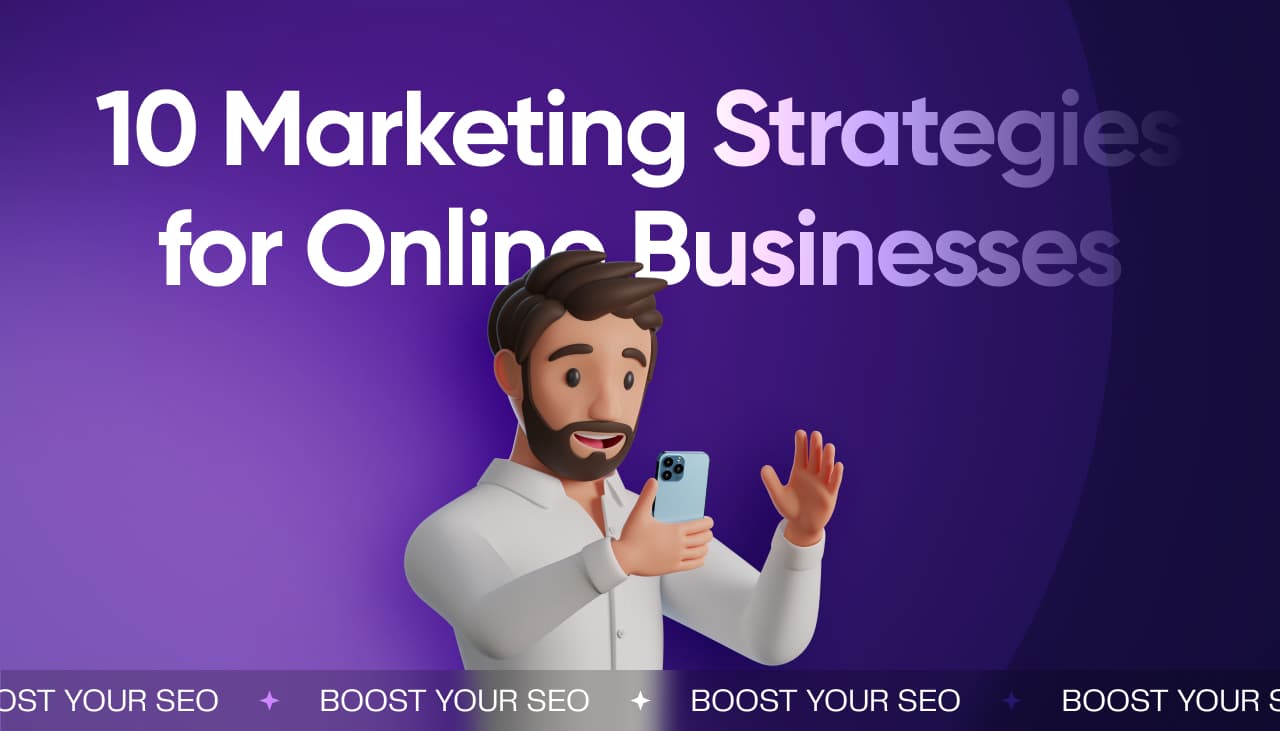
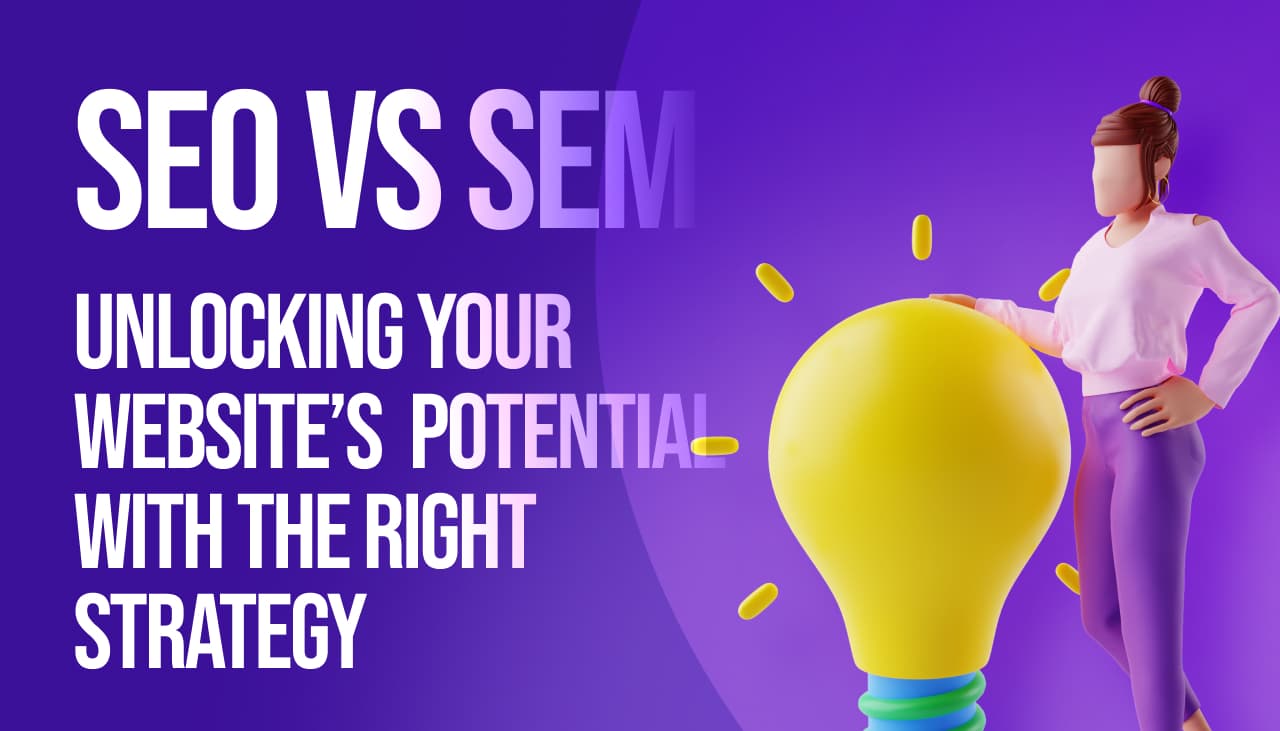

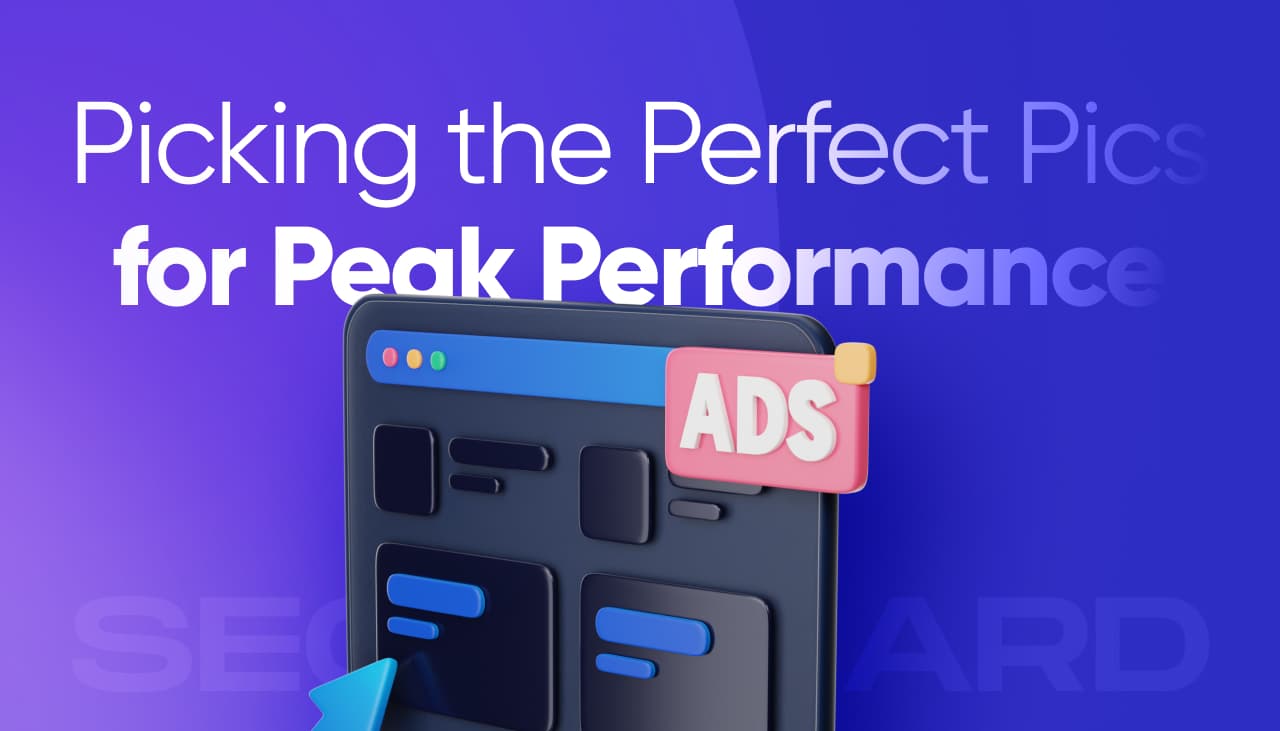
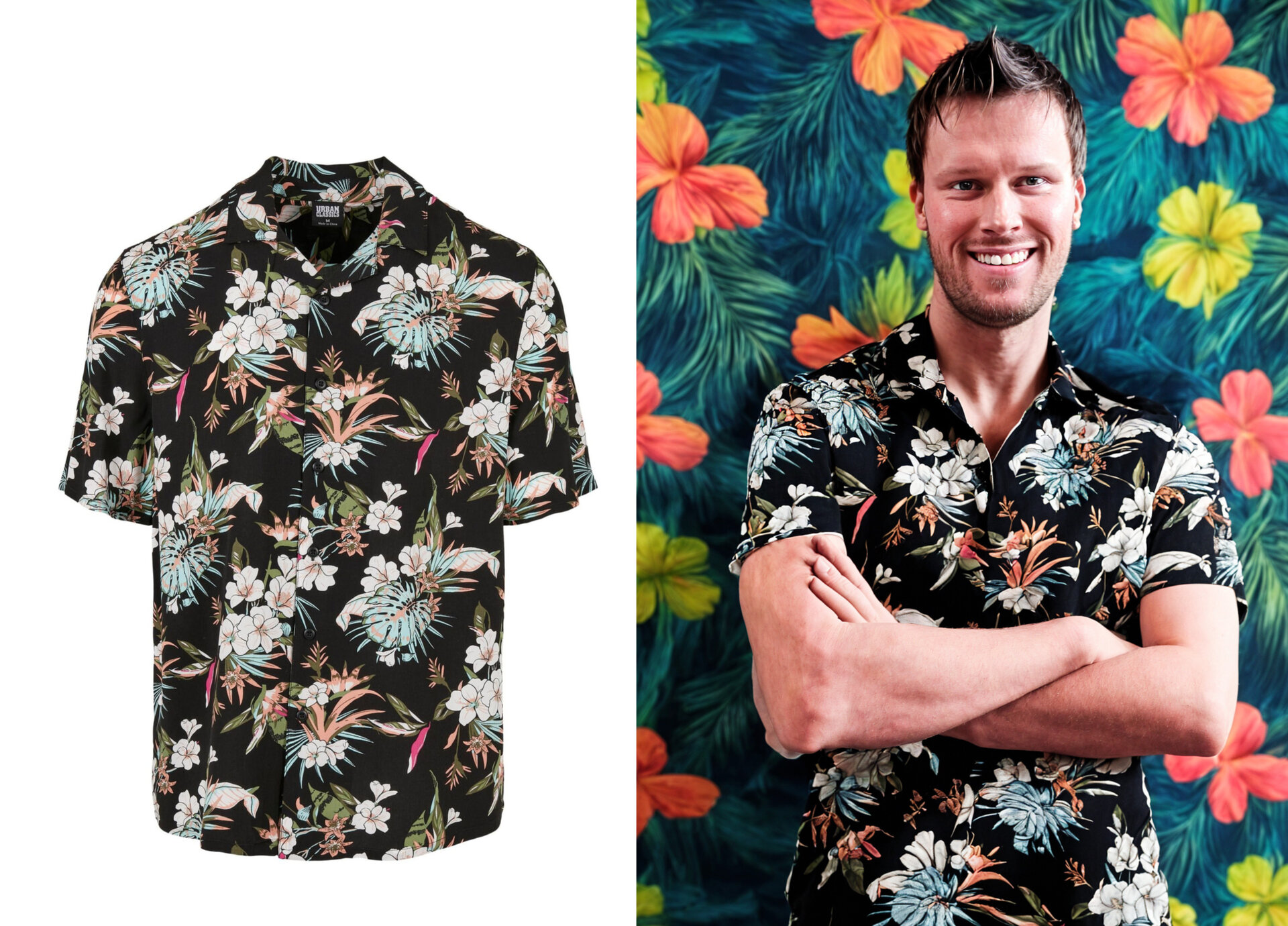


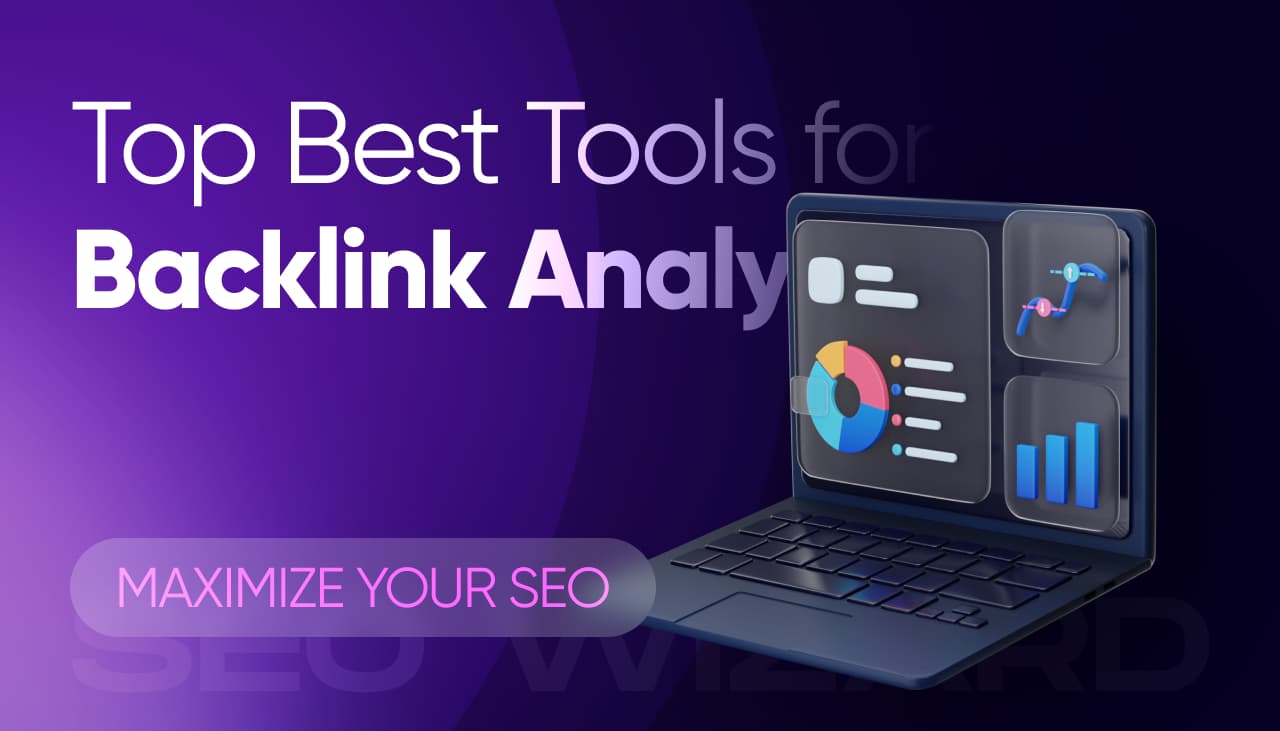
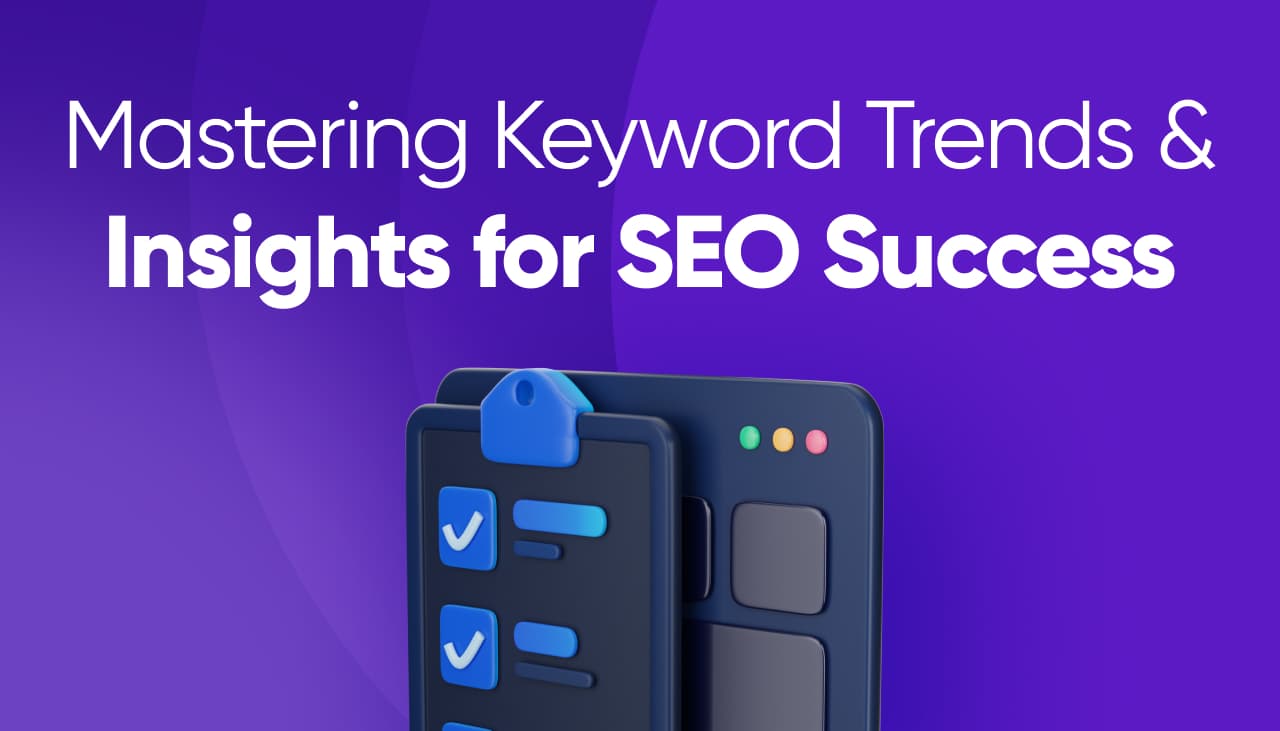



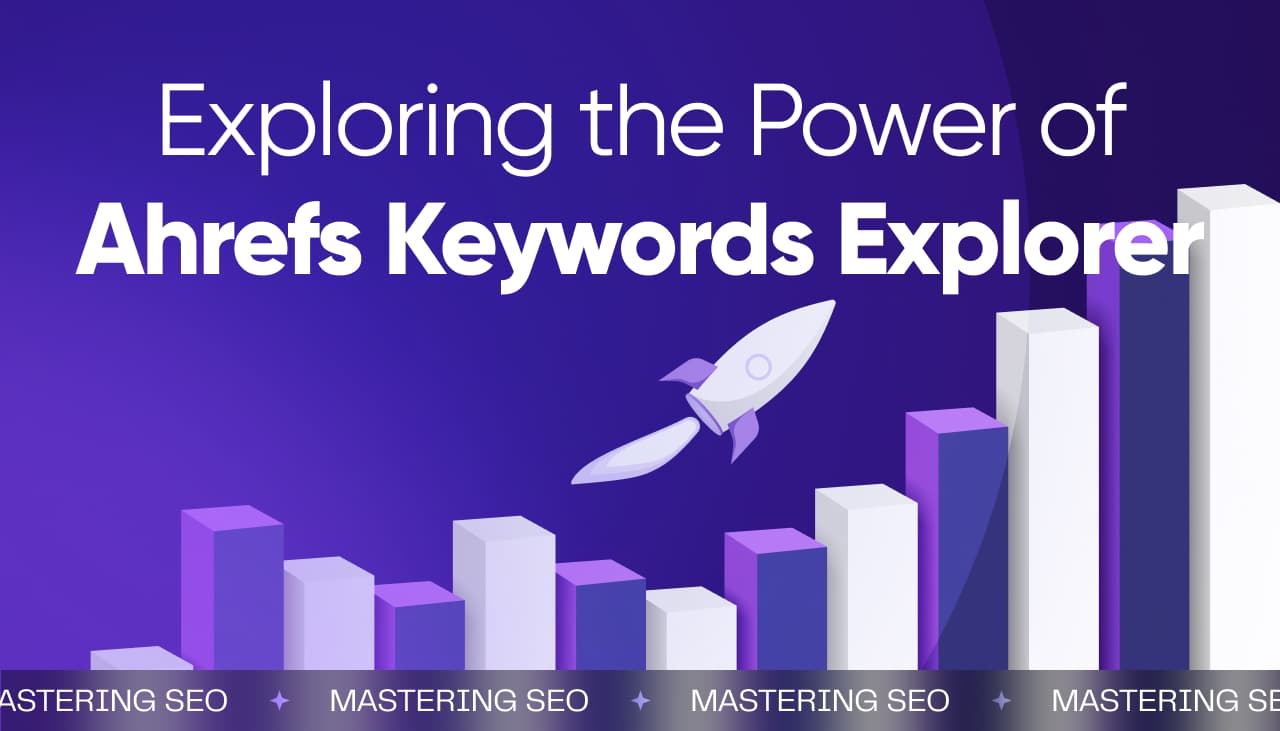
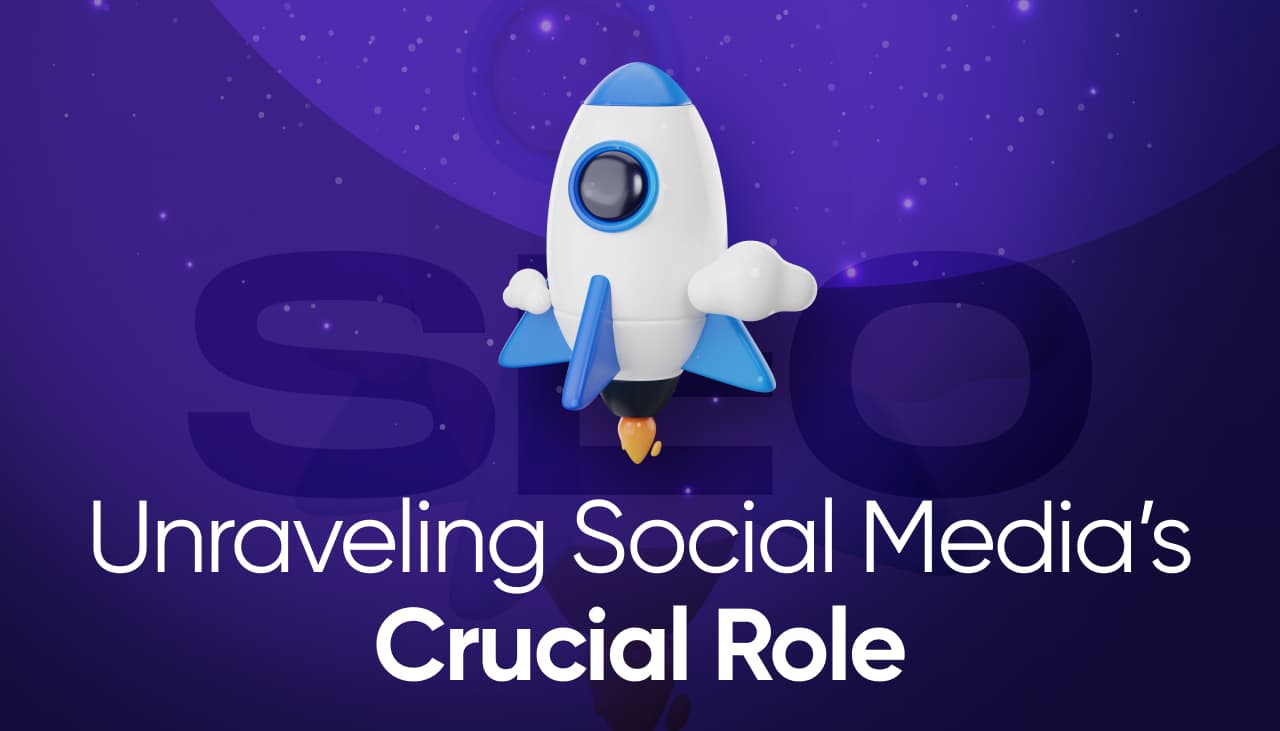
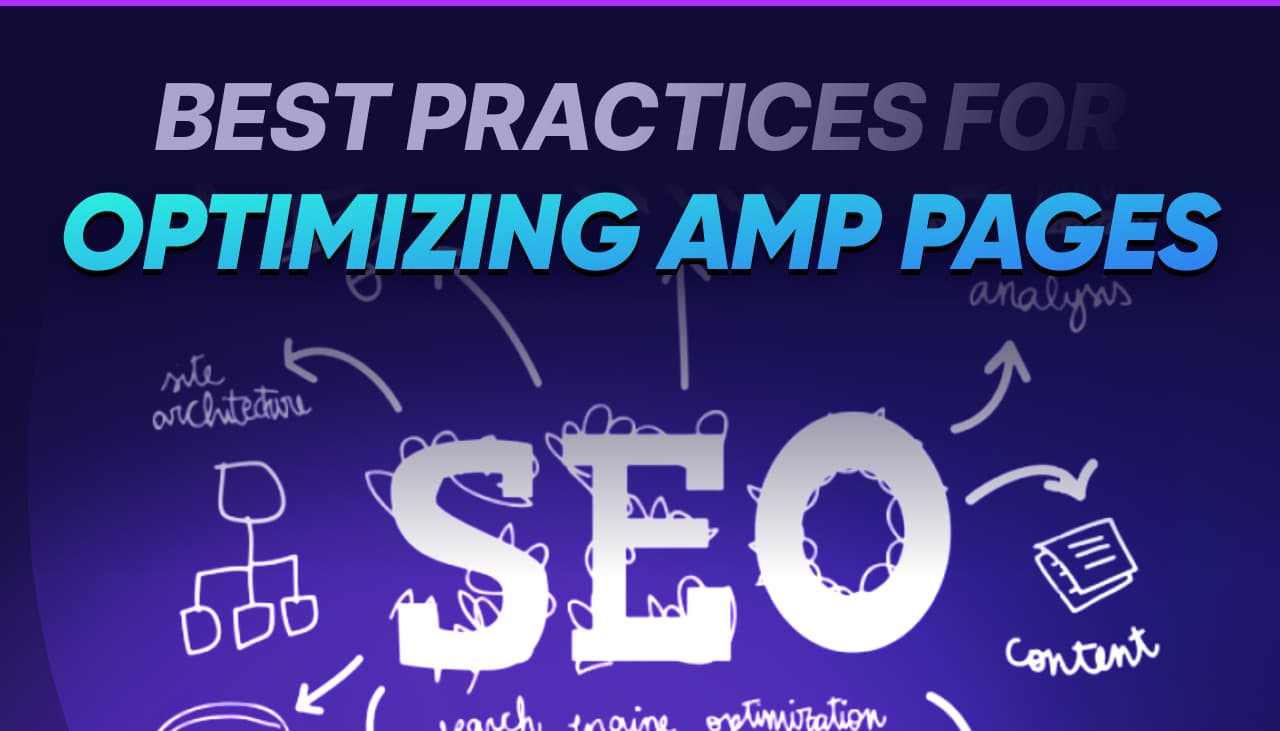
Responses (0 )